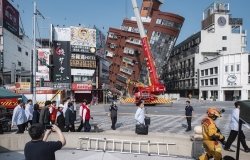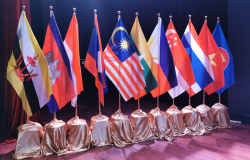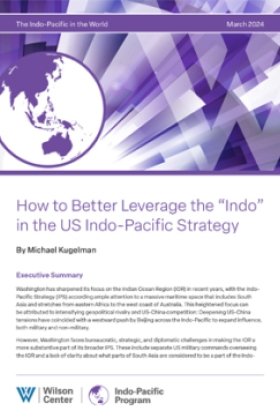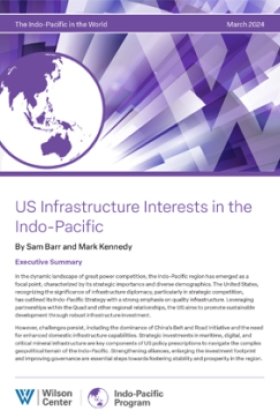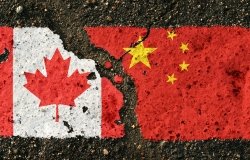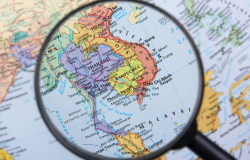Demographic Trends and Policy Implications in Northeast Asia
With populations of Asian nations declining, a panel of experts discusses the trends and looks at the effect on social policy and regional dynamics.
Overview
Japan, the People's Republic of China, Taiwan, and Korea are all aging societies. On February 26, the Asia Program hosted an event to consider issues related to demographic change in Northeast Asia. What will be the effect of aging on economic output in these countries? Can welfare states established for much younger populations in developed economies survive the stress of demographic change, or will governments in Northeast Asia need to radically rethink the provision of care to the elderly? Can immigration reform alleviate many of the problems associated with more elderly populations in Northeast Asia? And will current demographic shifts foster more benign or more belligerent interstate relations in the region?
At the event, Harvard University School of Public Health research associate Jocelyn Finlay noted that demographic trends are often overlooked in explaining economic growth in Japan, South Korea, and Taiwan between 1960 and 2000. Demographers estimate that decreases in infant mortality and adult fertility levels, which resulted in an increase of workers relative to dependents, accounted for up to a third of economic growth in these countries during this period. As the age cohort born after 1945 enters into retirement, however, the increase in dependents relative to new workers will be a contributing factor to sluggish growth. Finlay mentioned that pro-natalism and pro-immigration policies, and policies that encourage women and the elderly to participate in the workplace, could help to mitigate the effects of an aging society on economic growth, but noted that such policies were all difficult to implement.
These difficulties were examined in further detail by Ito Peng, professor of sociology at the University of Toronto. Peng noted that East Asian democracies have traditionally maintained very lean welfare states, relying instead on private institutions such as extended families to carry much of the burden of, for example, care for the elderly. However, public provision of care for the aged is increasing in these countries, where the nuclear family has become the norm. Governments must actively pursue strategies to increase the number of workers and therefore income tax revenues to pay for the resulting increases in public spending.
However, policies intended to expand the tax base often have unintended consequences. For example, encouraging people to have larger families often has the effect of forcing mothers to stay at home to care for their children, depriving the labor force of a productive worker in the short term. To address this problem, Japan and South Korea have increased the level of public childcare provision. However Peng believes that there needs to be greater integration between the private and public spheres to make Northeast Asian workplaces, still a sphere of male dominance, friendlier to working mothers. Companies that insist on significant overtime duties could, for example, find ways to let working parents maintain a work-life balance that allows them to personally care for their children. Northeast Asian countries can also institute pro-immigration policies to bring more young workers from abroad. However, sustained immigration policies are also difficult in nations, like Japan and South Korea, without a history of accepting newcomers.
For Richard Cincotta, demographer-in-residence at the Stimson Center and consultant for the Woodrow Wilson Center's Environmental Change and Security Program, demographic change will be a major factor in determining the way states in Northeast Asia approach security. To illustrate the relationship between demography and security, Cincotta noted that Japan's militarist period in the 1930s and 1940s occurred when its population was younger, more ambitious, and more energetic. With older societies, countries in Northeast Asia will be able to recruit fewer males for the military, meaning their foreign policies may evince more caution. The exception, however, is China, where the number of potential male recruits far outnumbers those of its neighbors. This means that Japan, South Korea, and Taiwan will come under more pressure to intensify the use of human capital by promoting more professionalized and better equipped militaries. They will also have incentives to resolve any differences with their key ally, the United States, as well as among each other. Cincotta suggested that we may be seeing the start of a new type of Cold War, where pacific Northeast Asian states cooperate to check a potential Chinese regional hegemon.
By Bryce Wakefield
Robert M. Hathaway, Director, Asia Program
Speakers

Richard Cincotta
Demographer in Residence, The Stimson Center
Jocelyn Finlay

Ito Peng, PhD
Hosted By

Indo-Pacific Program
The Indo-Pacific Program promotes policy debate and intellectual discussions on US interests in the Asia-Pacific as well as political, economic, security, and social issues relating to the world’s most populous and economically dynamic region. Read more

Environmental Change and Security Program
The Environmental Change and Security Program (ECSP) explores the connections between environmental change, health, and population dynamics and their links to conflict, human insecurity, and foreign policy. Read more
Thank you for your interest in this event. Please send any feedback or questions to our Events staff.
